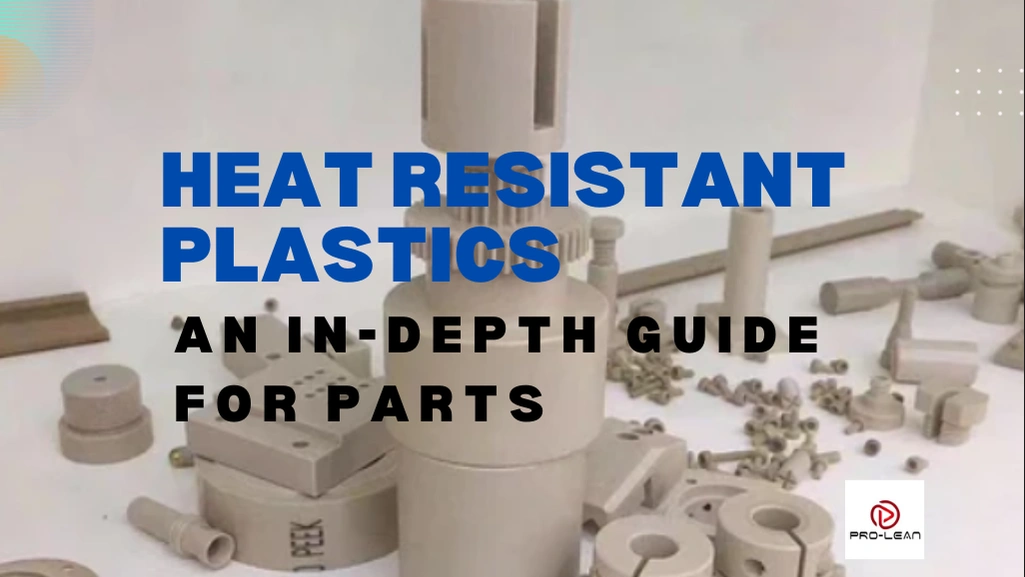
Heat-resistant plastics
Under-the-hood car parts, plastic medical equipment, aircraft engine-related polymers, electrical connectors, and many other plastic components must operate in high-temperature conditions. Heat-resistant plastics are popular materials for such items across industries.
These special plastics are designed with properties that provide the required safety, reliability, and cost-efficiency. You may have come across such materials in aerospace, automotive, medical, and many other industries.
In this article, we’ll address how ProleanTech, your custom parts manufacturer, meets the dynamic plastic part requirements across industries through the injection molding of plastics with superior temperature resistance.
What Are Heat-Resistant Plastics?
Heat-resistant plastics are special types of plastics that can withstand heat or high temperatures. It doesn’t matter whether the process of heating plastic is artificial or natural; these materials retain their properties under those hot conditions.

Plastic melting
The heat-resistant meaning of these plastics implies better performance than that of ceramics and metals in some applications. In comparison to metals, plastics don”t corrode. Unlike ceramics, these materials don’t break easily.
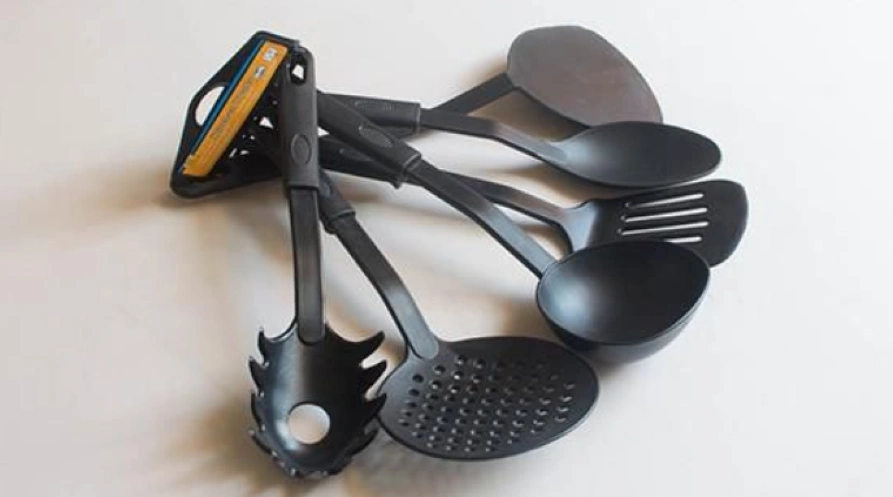
Example of heat-resistant plastic components
If you are dealing in injection molded parts and prototypes, understanding the meaning of heat resistance in plastics can mean the difference between reliability and failure of parts. It goes hand in hand with grasping the injection molding: process to production.
This knowledge lays the basis for our focus on the functionality of a material, even as we consider its thermal suitability. The precision of ProleanTech plastic manufacturing processes is therefore unparalleled.
3 Categorizations Of Heat Resistance In Plastics
The main methods of categorizing heat resistance in plastics are Continuous Use Temperature (CUT), Glass Transition Temperature (Tg), and Heat Deflection Temperature (HDT).
These categories are important because when sourcing for injection molded parts, it is worthwhile to identify how heat resistance in plastics is categorized. The groupings determine a part’s thermal stability, and consequently, its suitability for an application.
The categories we are referring to are:
-
Continuous Use Temperature (CUT)
The CUT categorization is one of the most preferred ones because it indicates the thermal performance of a material in the long term under different circumstances. It is the maximum temperature for a plastic to operate continuously while retaining its mechanical properties and with minimal degradation.
-
Glass Transition Temperature (Tg)
An equally crucial categorization is based on the glass transition temperature, which is the temperature at which an amorphous plastic transforms to a rubbery form. The Tg ushers in new levels of ductility, stiffness, and other critical mechanical properties.
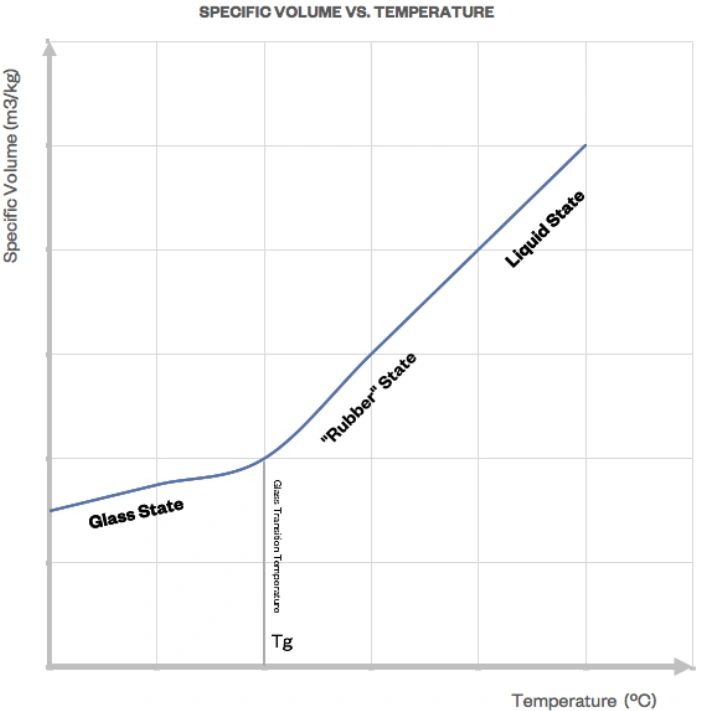
Glass transition temperature
-
Heat Deflection Temperature (HDT)
Also important is the heat deflection temperature, which defines the temperature of deformation under a specified force or load. Typically, a plastic deforms when it reaches the HDT.

Heat-resistant plastics
Under-the-hood car parts, plastic medical equipment, aircraft engine-related polymers, electrical connectors, and many other plastic components must operate in high-temperature conditions. Heat-resistant plastics are popular materials for such items across industries.
These special plastics are designed with properties that provide the required safety, reliability, and cost-efficiency. You may have come across such materials in aerospace, automotive, medical, and many other industries.
In this article, we’ll address how ProleanTech, your custom parts manufacturer, meets the dynamic plastic part requirements across industries through the injection molding of plastics with superior temperature resistance.
What Are Heat-Resistant Plastics?
Heat-resistant plastics are special types of plastics that can withstand heat or high temperatures. It doesn’t matter whether the process of heating plastic is artificial or natural; these materials retain their properties under those hot conditions.

Plastic melting
The heat-resistant meaning of these plastics implies better performance than that of ceramics and metals in some applications. In comparison to metals, plastics don”t corrode. Unlike ceramics, these materials don’t break easily.

Example of heat-resistant plastic components
If you are dealing in injection molded parts and prototypes, understanding the meaning of heat resistance in plastics can mean the difference between reliability and failure of parts. It goes hand in hand with grasping the injection molding: process to production.
This knowledge lays the basis for our focus on the functionality of a material, even as we consider its thermal suitability. The precision of ProleanTech plastic manufacturing processes is therefore unparalleled.
3 Categorizations Of Heat Resistance In Plastics
The main methods of categorizing heat resistance in plastics are Continuous Use Temperature (CUT), Glass Transition Temperature (Tg), and Heat Deflection Temperature (HDT).
These categories are important because when sourcing for injection molded parts, it is worthwhile to identify how heat resistance in plastics is categorized. The groupings determine a part’s thermal stability, and consequently, its suitability for an application.
The categories we are referring to are:
-
Continuous Use Temperature (CUT)
The CUT categorization is one of the most preferred ones because it indicates the thermal performance of a material in the long term under different circumstances. It is the maximum temperature for a plastic to operate continuously while retaining its mechanical properties and with minimal degradation.
-
Glass Transition Temperature (Tg)
An equally crucial categorization is based on the glass transition temperature, which is the temperature at which an amorphous plastic transforms to a rubbery form. The Tg ushers in new levels of ductility, stiffness, and other critical mechanical properties.

Glass transition temperature
-
Heat Deflection Temperature (HDT)
Also important is the heat deflection temperature, which defines the temperature of deformation under a specified force or load. Typically, a plastic deforms when it reaches the HDT.
Try Prolean Now!
What Plastics Are Resistant To Heat? Six Major Options For You.
For an even faster material selection that will also reflect on the performance of plastic injection molded parts, product teams should know the different types of heat-resistant plastics.
The most heat-resistant materials are Polyamide-imide (PAI), Polyetherimide (PEI), Polyether ether ketone (PEEK), Polyphenylene Sulfide (PPS), and Polytetrafluoroethylene (PTFE).
You want to choose plastics that have a rich balance of functionality and thermal performance. Partner with ProleanTech for heat-resistant plastic solutions, and you will never have to worry about which type of plastic to use.
Here’s an overview of the most heat-resistant plastic materials:
-
Polyamide-imide (PAI) – High Performance
This is a high-performance plastic that offers not only heat resistance but also wear resistance and chemical resistance. Known under the brand name Torlon®, this thermoplastic is ideal for parts with superior mechanical properties. Its compressive and tensile strength are incredible, making the high-quality plastic heat resistance even more attractive.
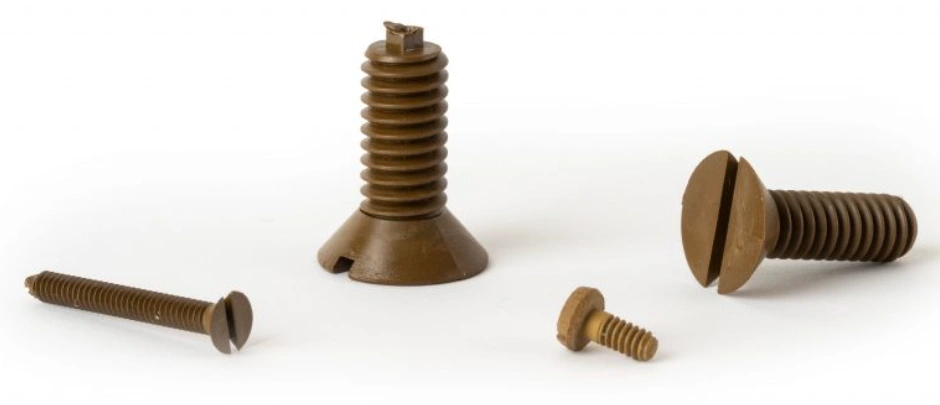
Torlon® fasteners
One disadvantage of the material is a tendency to absorb moisture, which can lead to dimensional alterations.
-
Polyetherimide (PEI)
These amorphous thermoplastics also have good mechanical properties, which are suitable for a wide range of applications. Apart from remaining usable under high temperatures, this high-quality heat-resistant plastic material has excellent creep resistance.
The reason aeroplane interiors are built with PEI is the exceptional flame retardancy it provides. Other notable benefits of the material are dimensional stability and hydrolysis resistance.

Airplane interior heat-resistant plastic
-
Polyether Ether Ketone (PEEK)
PEEK is another worthy plastic for high-temperature applications. It remains steadfast and usable up to a temperature of 260 °C and has a melting point of 341 °C.
While most people focus on its premium price, the advantages this material offers are worth the price. One of the biggest advantages of PEEK is that its properties can be adjusted to suit specific applications.
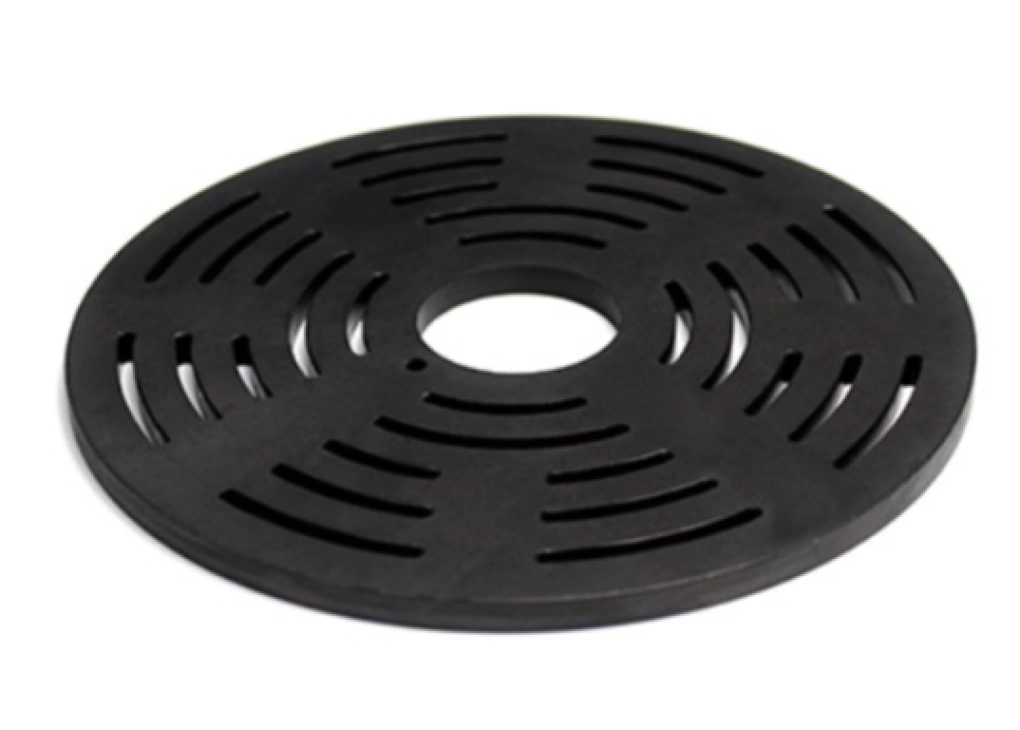
A PEEK valve plate
Custom PEEK solutions for aerospace, medical, and agriculture, among other applications, are possible. Virtually any form of Injection molded part is possible because the material can be made into rods, tubes, and plates.
-
Polyphenylene Sulfide (PPS)
With its semi-crystalline structure, PPS is not only mechanically strong but also corrosion and chemical resistant. Most importantly, it maintains these excellent properties to a temperature of 200 °C or even above.
Polyphenylene Sulfide is also popular for its dimensional stability and low water stability. For these and several other attractive properties, the heat-resistant plastic finds use as a flame retardant, insulator, and dielectric material.
It is used to make gears, electrical housings, and heat exchanger parts, among others.
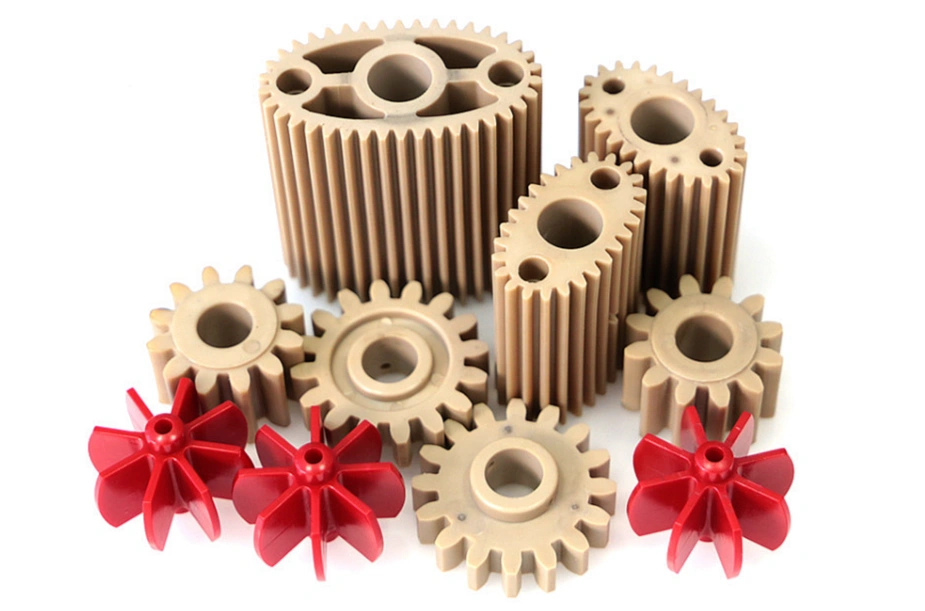
PPS gears
-
Polytetrafluoroethylene (PTFE)
The other name for this heat-resistant plastic is Teflon® plastic. The material is non-stick, high specific density, and relatively low mechanical strength. It is ideal for seal rings and rollers for numerous industrial applications.
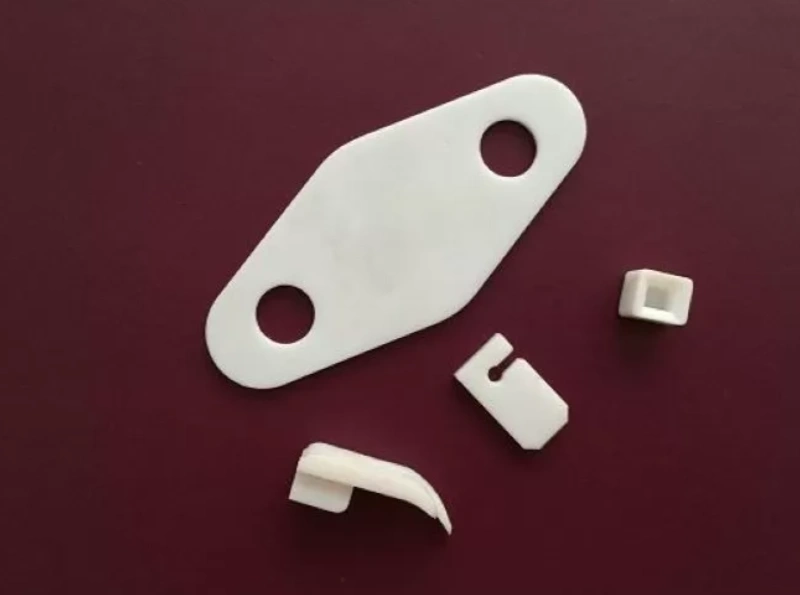
Injection molded PTFE parts
Alt text: PTFE (Teflon) injection molded parts for sewing machine
-
Nylon (Polyamide) – A Balance of Cost and Performance
Nylon heat resistance may not be as good as that of PAI, PEEK, and others, but it is also worth mentioning. It is one of the most popular engineering thermoplastics because it can work normally even at temperatures close to 150 °C.
Applications Of Heat-Resistant Plastics
There is no better way to make smart choices for heat-resistant plastic materials than aligning your applications to specific types of plastics. Many industries require heat-resistant plastic parts for safety, reliability, and durability.
Automotive, electronic, defence, and energy are some industries that widely use these special plastics. The table below shows a summary of various applications of heat-resistant plastics.
|
Industry |
Example(s) of high-temperature polymers |
Specific applications of high-temperature polymers |
|
Aerospace |
|
|
|
Food & beverage |
|
Food packaging and processing materials |
|
Chemical |
|
|
|
Automotive |
|
|
Try Prolean Now!
Heat-Resistant Plastic Manufacturing Options
Equally important when sourcing heat-resistant plastics is the kind of manufacturing process applied. Manufacturing has a huge bearing on the cost, functionality, aesthetics, and other elements of the product.
Options here include plastic injection molding, additive manufacturing, extrusion, and compression molding.
Contact us today for the best in plastic injection molding services. We have the most versatile machinery, from single to multi-cavity and family molds, to press tonnages ranging from 50 to 1,100+.
ProleanTech is your best bet for cost-effective and repeatable heat-resistant plastic manufacturing. Our capabilities are so diverse that we deal with small components, a technology covered in this: Micro injection molding explained.
Here are more details about the applicable manufacturing processes.
Plastic Injection Molding
Injection molding is one of the most popular ways to manufacture heat-resistant plastics. The material is first liquefied, then forced into a mold cavity. This high-pressure process is perfect for producing PEEK, PEI, and other high-temperature plastics.
It is noteworthy that plastic injection molding is different from metal injection molding and die-casting, which are metal processing methods. This comparison can help bring out these differences more clearly: Metal Injection Molding vs Die Casting: Which Is Better For Production?
So, below is a setup for plastic injection molding.
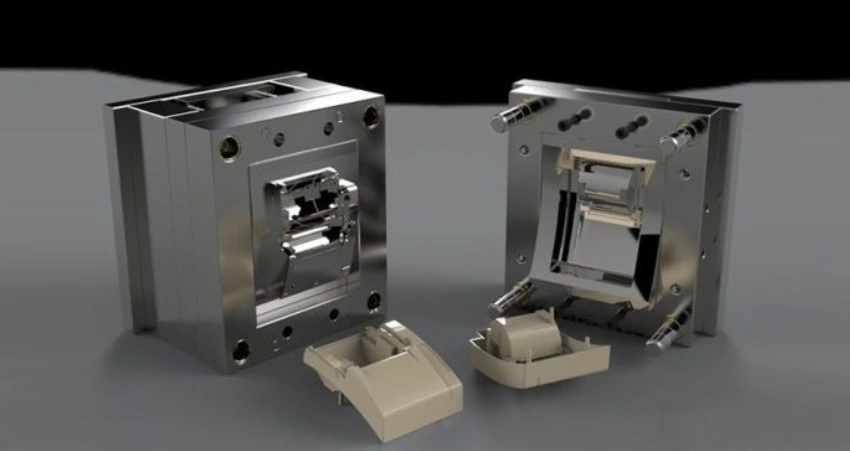
PEEK injection molding
Plastic items made through this method can attain tight tolerances and intricate shapes. However, the intense pressure can interfere with the material properties.
You may want to understand molding tolerances & design tips – check out the link.
A related technology you may want to survey is PIM-Powder Injection Molding: Process, Types & Uses.
Extrusion For Identical Parts
Heat-resistant plastics can also be manufactured through extrusion, which is characterized by heating plastic and putting it in a pressurized die. This method is ideal for producing numerous identical parts.
Popular products from this technique are sheets, films, and pipes. Specific use cases of such extruded parts are connectors and insulations in the automotive industry. Extrusion is perfect for PES and PTFE because these materials retain their properties even after undergoing the process.
3D Printing
This is another method of producing heat-resistant plastics, although it is still developing. The main areas for this additive manufacturing method are in short runs and prototypes.
PPS and PEEK feature prominently where FDM and SLS 3D printing techniques are mentioned. The advantage of this method is minimal wastage of materials and fast prototype generation.
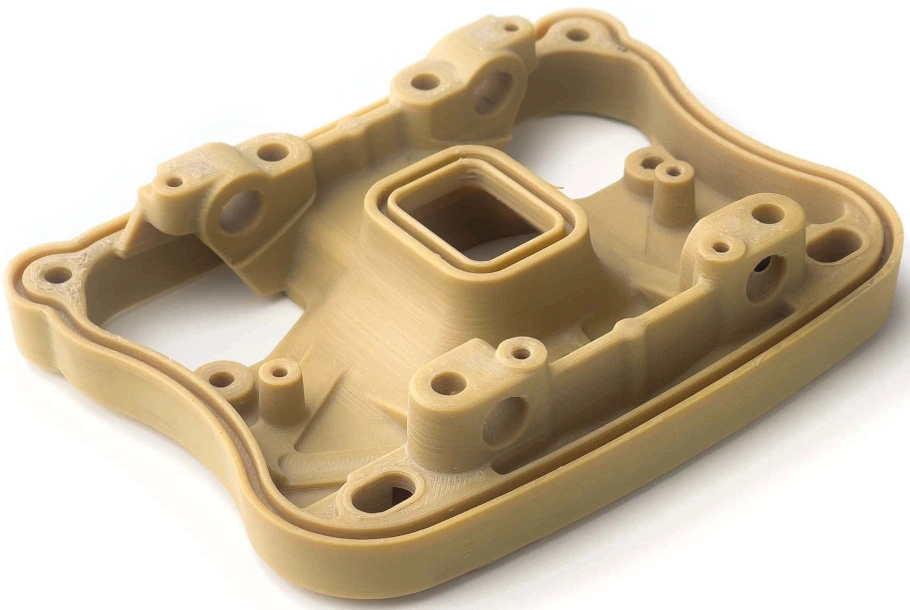
3D printed PEEK part
You can get in contact with our experts team for more ideas on how to take advantage of the ever-advancing additive manufacturing technologies for heat-resistant plastics.
Comparing Heat-Resistant Plastics With Alternatives
Sometimes, the project timelines and costs are limited, and you need to compare products with alternatives. Like other materials, the same comparison can apply to heat-resistant plastic parts, the focus being on ceramics and metals.
This comparison can help you identify the pros and cons of these plastics compared to other materials. At ProleanTech, we are ready to engage in a discussion that leads to the ideal material for your project.
Here’s a summarized comparison in a table:
|
Property |
Heat-resistant plastics |
Ceramics |
Metals |
|
Heat resistance |
Up to 500°C |
1000°C and over |
Usually above 500°C |
|
Corrosion resistance |
Excellent |
Excellent |
Generally prone to corrosion if untreated |
|
Mechanical strength |
Some very strong, but generally good |
High wth brittleness |
Typically very high |
|
Thermal conductivity |
Poor |
Low to medium |
High |
|
Weight |
Lightweight |
Relatively heavy |
Heavier than plastic |
|
Cost |
Can be high depending on specific plastic |
High |
Medium to high |
As you compare these materials, follow this comparison of Injection Molding vs Vacuum Forming for valuable insights.
In Summary
Heat-resistant plastics are an ideal solution for diverse industrial conditions characterized by extreme heat and other difficulties. Alternatives such as ceramics and metal may not provide the lightweight and thermal stability properties of these plastics in specific applications.
These plastics may appear relatively expensive, but the long-term value of good temperature resistance makes sense. Users who have recognized this fact will instead focus on the design and manufacturing quality through quality injection molding services.
ProleanTech, with over a decade in the plastic injection molding trade, does not disappoint. You can call us, inquire, and get your quote now.
FAQs
Is Plastic A Good Heat Conductor?
No, plastic is typically a poor heat conductor. Indeed, this material is widely used as an insulator, even in high-temperature environments.
What Is The Most Heat-resistant Plastic?
One of the most heat-resistant plastics is featured here – PEEK (Polyether ether ketone).
Which Plastics Do Not Melt On Heating?
Plastics that do not melt on heating are collectively called thermosetting plastics. Examples are Bakelite and Epoxy.
Is PVC Plastic Heat-resistant?
Yes, PVC plastic is heat resistant, but to a certain limit. We could consider it moderately heat-resistant because it softens at approximately 80°C.
How Can You Tell If Plastic Is Heat-Resistant?
The best way to determine if plastic is heat resistant is to look at its datasheet specifications.
What Plastic Does Not Burn?
No plastic does not burns 100%, but the likes of Polyimide and PTFE are extremely good at resisting burning and could even extinguish themselves.
What Material Is Completely Heat-Resistant?
No material is completely heat-resistant, but materials like composites and tungsten are superior in this capability.
Which Plastic Becomes Hard On Heating?
Thermosetting plastics become hard on heating. Examples of these plastics are Bakelite and Epoxy.
Is Polypropylene Heat Resistant?
Yes, it is, but not very good compared to the more heat-resistant plastics because the heat-resistant polypropylene loses this property and deforms at around 100°C.

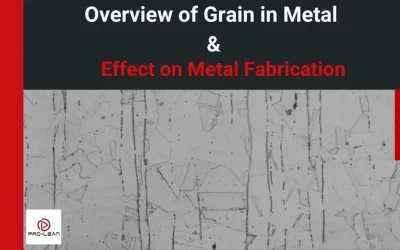
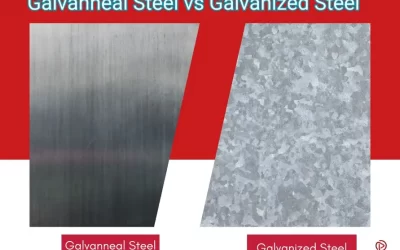
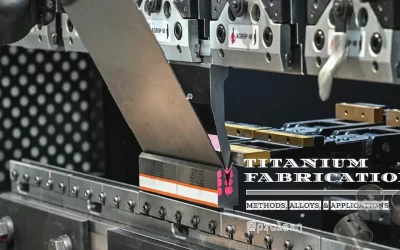
0 Comments